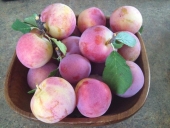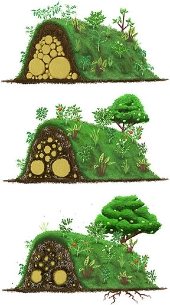





J Youngman wrote:Didn't know they offered seedlings. Those are great prices. Would love updates on shipping/product quality and survival rate.




Cristo Balete wrote:You might want to keep in mind, when trellising a hillside, to make the tiers or rows wide enough for what you are growing PLUS the width of a mower/cart/wheelbarrow with some room to spare so you can walk easily between the edge of the tier/row and the cart or mower that will be next to the crop without falling down the hillside. In the long run, having to do all weeding/harvesting by hand and hand-carrying out everything in crates will be a lot of work. Don't skimp on the width because it's exciting in the beginning, or you are young and don't mind twisting yourself like a rubberband on slippery mud to be a crop warrior, or getting as many tiers/rows as possible by shrinking everything, it won't help in the long run.

Stacy Witscher wrote:I trellis my blackberries, but not on a grape style trellis. I would think that wouldn't be large enough for blackberries. My blackberry trellis is 8 ft. 4x4's with lathe crosspieces. Every year I remove the old growth and weave the new growth through the crosspieces. Makes harvesting easy.
